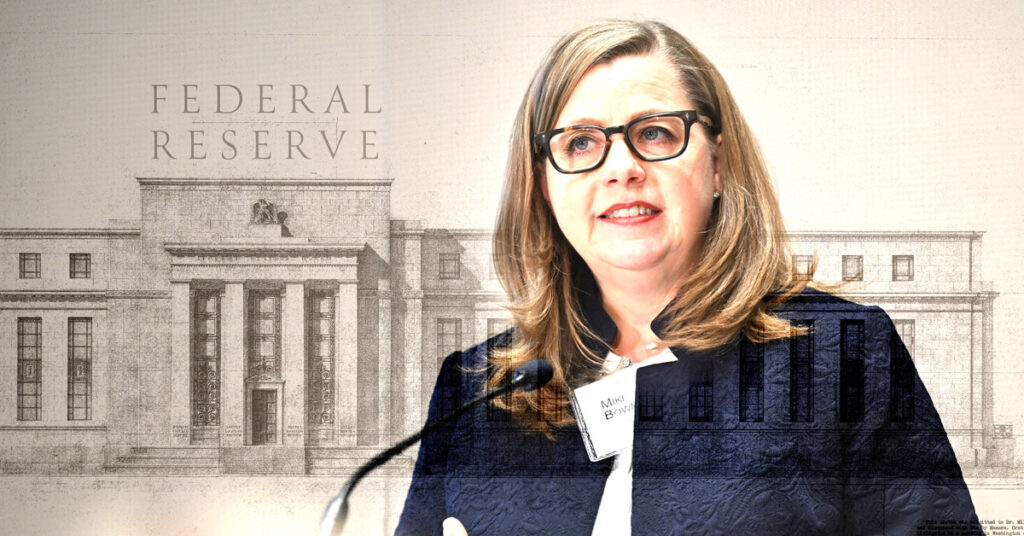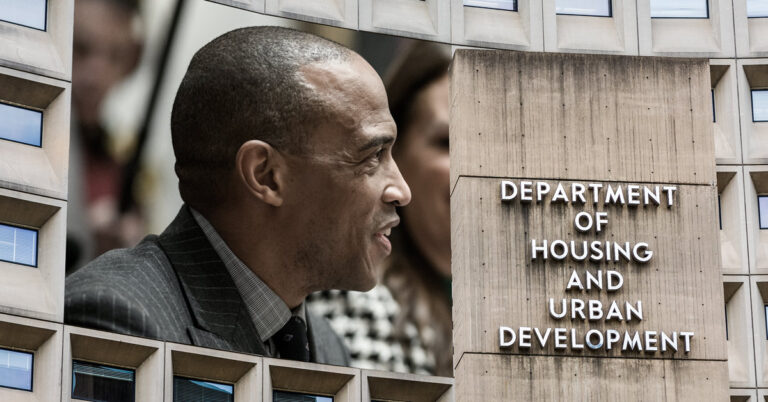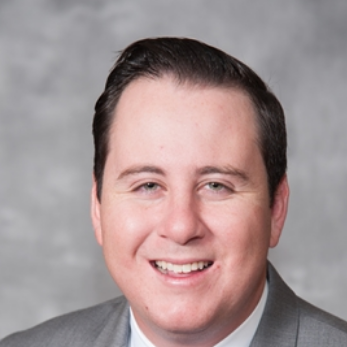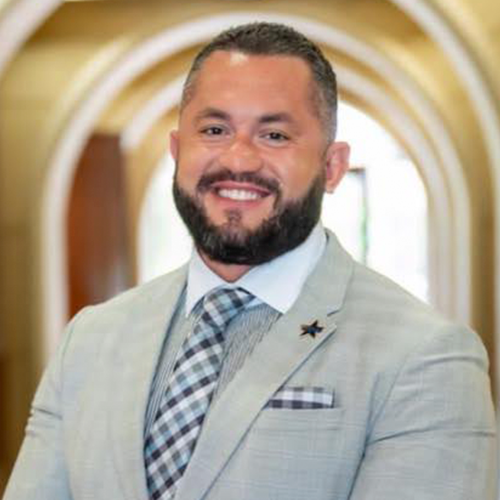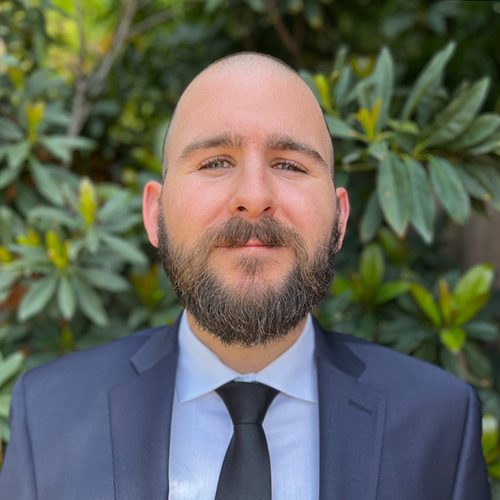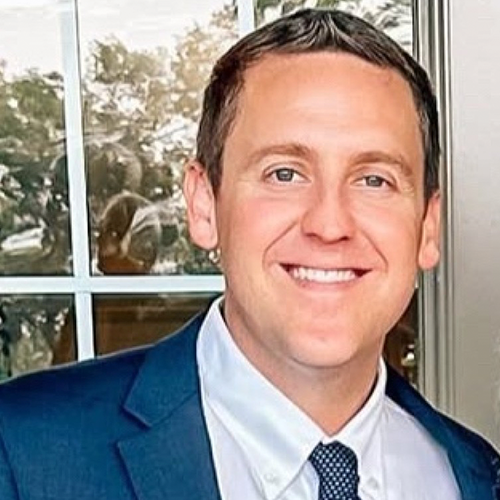Michelle Bowman, one of two Federal Reserve governors to dissent at the central bank’s July monetary policy meeting and call for a quarter-point interest rate cut, explained that position over the weekend and said she envisions three Fed rate cuts before the calendar turns to 2026.
Speaking at a Kansas Bankers Association event Saturday, Bowman argued the Fed should have moved to lower borrowing costs and stimulate the economy at its July 29-30 meeting because of “signs of fragility in labor market conditions.” She said economic growth concerns outweighed the argument to keep rates higher to fight inflation, which remains above the Fed’s 2% target but “has moved considerably closer to our target, after excluding temporary effects of tariffs.”
“Taking action at last week’s meeting would have proactively hedged against the risk of a further erosion in labor market conditions and a further weakening in economic activity,” Bowman stated.
The Fed’s dual mandate asks the central bank to pursue goals of 2% inflation over the long run and “maximum employment,” which isn’t directly defined but is generally believed to be around a 4% unemployment rate.
Cutting the benchmark federal funds rate is typically seen as a way to boost employment, as businesses are more likely to expand payrolls when borrowing costs are lower. On the flip side, if rates are set too low based on current economic conditions, inflation can accelerate and erode the purchasing power of businesses and consumers.
Bowman, who joined the Federal Reserve Board of Governors in 2018 and was confirmed as the Fed’s vice chair for supervision in June, previously gained a reputation as a policy hawk, meaning someone who is willing to let interest rates rise to combat inflation. In September 2024, she was the only member of the Fed’s monetary policy committee to vote against a half-point rate cut, preferring a more conservative quarter-point reduction.
Get these articles in your inbox
Sign up for our daily newsletter
Get these articles in your inbox
Sign up for our daily newsletter
This year, Bowman has made a notable shift and trails only Fed Governor Christopher Waller as the staunchest policy dove, meaning someone who emphasizes lower unemployment over lower inflation.
In her recent speech, Bowman said the Aug. 1 jobs report from the Bureau of Labor Statistics (BLS) reinforced her views of a deteriorating labor market. That report saw the BLS drastically reduce May and June’s payroll additions by a combined 258,000 jobs. Meanwhile, the bureau reported that U.S. employers added just 73,000 nonfarm jobs in July and the unemployment rate neared 4.3%.
“The employment-to-population ratio has dropped significantly this year, suggesting more softening in labor market conditions than the unemployment rate implies,” Bowman said.
On the inflation side of the mandate, Bowman said she has gained “even greater confidence that tariffs will not present a persistent shock to inflation,” adding that “upside risks to price stability have diminished.”
All told, while Bowman said her policy position may evolve as more economic data flows in, she’s currently in favor of successive rate cuts in September, October and December.
“My Summary of Economic Projections includes three cuts for this year, which has been consistent with my forecast since last December, and the latest labor market data reinforce my view,” she stated.


